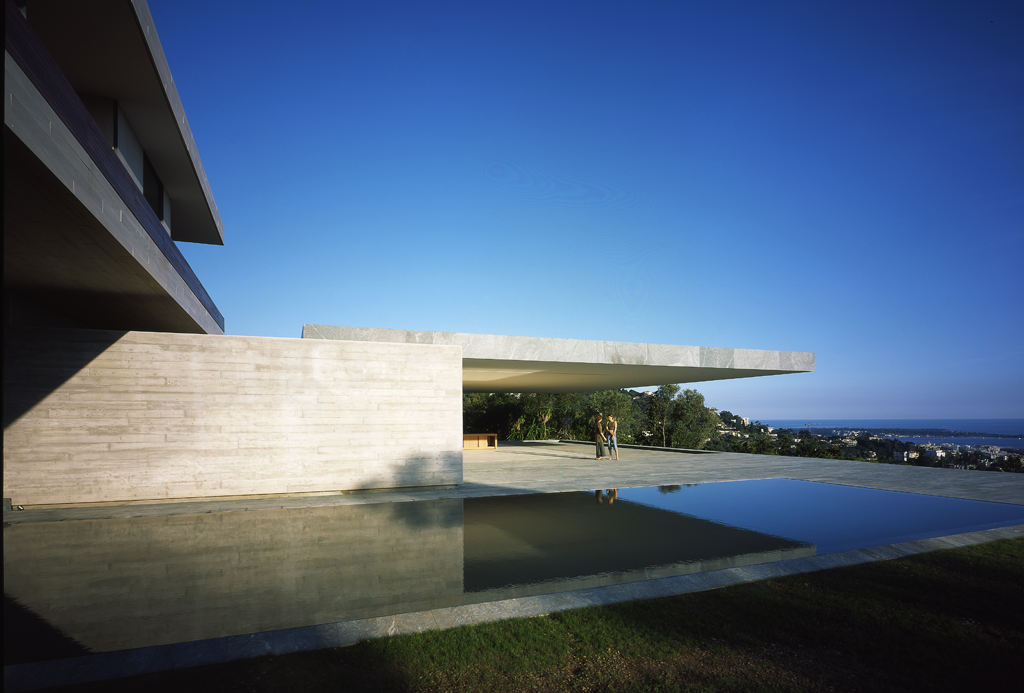Marc Barani, Villa, Côte d'Azur, 2004 © Serge Demailly
The Elan Act, a gross error
French architect Marc Barani was thrust into the spotlight in 2008, when he was awarded Équerre d’Argent prize for the multimodal hub in Nice. He was recognized again in 2013 with the Grand Prix National de l’Architecture, and recently awarded the Grande Médaille d’Or of the French Académie d’Architecture. In 2018, Marc Barani had completed a dozen of projects. He was also involved in the various workshops initiated by the French Ministry of Culture in 2015, in order to define a new national strategy for architecture. For AA, he points out the dangers of the new Elan Act. Opinion paper.

For the purpose of efficiency, the Elan Act aims to promote the design-realisation of social housing in the building industry.
This would be a gross error, and history confirms it.
The last time that construction companies had a say in the building of new housing was in the sixties and seventies, and we know how that turned out…
Indeed, a construction company’s genetic code, naturally oriented towards growth and profit, is not the same as that of an architect, which is more inclined to be mindful of public interest. To give power to private businesses is like throwing crocodiles and chickens in a pen, and wondering which of the two is going to win. The French MOP law, which regulates public-private partnerships in the building industry, allows each party to find their rightful place under the aegis of the client or contracting authority, who occupies a central position in the process.
Yet, the social housing union (USH) and social housing backers are no longer able to meet large-scale planning requirements. Proof of this is the growing number of social housing units built by the private sector.
This failure is undoubtedly one of the decisive factors that has led the government to hand over the keys of the future to private companies.
However, if we are not careful, the new law will have disastrous consequences on town and country planning, and will markedly increase inequality. The larger cities, the metropolis, with their structured urban planning services and their architect committees, will limit the damage by focusing on architecture and the quality of living environment more than on construction. But what of smaller urban conglomerations and rural areas?
Find the full AA 426th issue, dedicated to the commitment in architecture, on our online store.
In addition, Emmanuelle Borne devoted the “Portrait” section to Marc Barani in AA 421st issue, published in October 2017. The full article is available here.


